This tutorial is a short excerpt from our new book, The Secrets of Dance Music Production, which is available to buy now from our online store.
In stark contrast to the full-frequency sounds of mainstream dance, many underground electronic genres embrace sonic imperfection by incorporating noise, dirt, grit and otherwise undesirable analogue and digital artefacts. This lo-fi aesthetic is particularly prominent in harder techno, lo-fi and glitch, where unusual found sounds, sonic degradation and distortion assume important rhythmic and melodic roles.
DIY DIRT
Bit-crushing and sample rate reduction: Synonymous with early digital hardware and primitive computer music, the gnarly fuzz of bit-crushing is prominently employed in lo-fi sound design. Reduce the bit-rate and/or sample rate to heavily degrade and virtually ‘age’ pristine audio.
Extreme distortion: Forget subtle warmth – lo-fi production is about extremes. Smash signals using overt distortion stages. Kicks, toms, basses and mid- range synths respond particularly well to forceful drive, creating rumbling beasts with grunt and personality.
Cheap sounds: Eschew the usual advice to use the best plugins you own and turn instead to the cheapest: freeware distortion plugs and antiquated spring (the poor man’s plate) and metallic verbs.
Contrast: A track featuring a contrasting array of timbres will exhibit more personality than one made exclusively from lo-fi sounds. Use a gritty bed of distorted rumble to provide the backdrop to a shiny synth line or paint a landscape of lo-fi sounds amidst a handful of pristine percussion hits – like in the walkthrough, right.
Out and in: The quickest way to rough up flawless audio is to run the signal out of your audio interface, into a cheap piece of equipment, then back into your DAW. Second-hand mixers, budget signal processors and cheap rack effects can be bought for less than the price of a plugin.
Pedal power: If you’re not a guitarist you probably know someone who is. Borrow a few cheap guitar effects – distortion, overdrive and fuzz pedals are ideal – then feed your pristine signals through them. Treat in parallel for more control.
Tape: Old cassette decks or cheap multitrack tape recorders are perfect for adding lo-fi grunge to sounds. Simply print your signal to cassette – being sure to overdrive the input – then record the tape deck’s output back into your DAW.
Unwanted artefacts: The sound of malfunctioning or noisy gear can be incorporated into a track. Record the buzz of a faulty cable, resample the audio, then program it into a glitched bass or percussion part. In the digital domain exploit flaws and errors like digital pops or ‘create errors’ from scratch using hasty audio chops and/or stepping filters.
IN THE BOX LO-FI
Use extreme timestretching and/or pitchshifting artefacts to your advantage by pushing stretch and pitch algorithms too far.
Many plugins distort when misused or clipped. Try heavily compressing a sound while keeping attack and release times unnaturally fast. The result? Overbaked pumping and distortion as the compressor struggles to keep up.
Pushing digital faders into the red creates unpleasant distortion – which might be just the sound you’re after.
Dedicated glitch plugins such as Sonic Charge Permut8 and MeldaProduction’s MMultiBandBitFun use various types of digital distortion and/or sequencing to create crunchy rhythms and textures.
FOUND SOUNDS
Armed with a basic field recorder or even the mic on a smartphone, it’s easy to capture all manner of sounds from the real world that can be incorporated into productions, and while it’s generally better to record using the best quality mic you can, rough and ready recordings can add lo-fi charm – and unique personalisation – to a track.
Long, steady beds of ambience such as street noise and rainfall can be used to underpin beats or chords. Mix them beneath other track elements, get them breathing with sidechain compression, and use filtering and delays to build creeping, vibe-laden sweeps.
Field recordings offer characterful layering tools. Back up a drum machine clap sample with a recording of a door knock for a Burial-style snare. Record ‘air’ to add organic layers to full beats.
Creating a techno beat using field recordings – Step 1
We’ve started with a recording of a cheap microphone being knocked over. After loading the audio file into a sampler and pitching it down two octaves, we’ve created a 16th-note pattern around a thumping 4/4 kick. Saturation, overdrive and EQ bloat and transform the bass rumble.
STEP 2
We ventured outside for this sound: a high-pitched ‘clack’ of a tree being struck which we’re using in place of a hi-hat. Next, a two-beat loop of rustling leaves is heavily sidechained and bit-crushed in parallel. Together the parts supply a bed of ambience with rhythmic movement.
STEP 3
Another looped bed of real-world noise – this time rainfall – is pitched up two octaves and sidechained against the kick to reinforce the pumping off-beat hi-hat. The timestretch algorithm adds stutters and glitches to the signal. Treble-focussed distortion and heavy filtering thins the sound.
STEP 4
We’ve placed two different recordings of a door being slammed at strategic points in the groove. Short ping-pong delay with high feedback gives one of the sounds a metallic, ringing effect, while the other is aggressively saturated to near-breaking point.
STEP 5
Another tree strike sample is used as the groove’s snare element on beats 2 and 4 of each bar. Exaggerated saturation transforms the puny signal – triggered across the stereo spectrum – into a thunderous whack. We’ve applied ringy, unpleasant reverb to cheapen the snare even further.
STEP 6
Bus processing is used to glue the disparate layers together. Obvious, analogue-style parallel compression, applied over the whole drum group, adds harmonic cohesion, then a bit-crusher emulates the degradation of a hardware sampler, mixing in a restrained amount of digital dirt.
The Secrets of Dance Music Production is available to buy now from our online store.
/**/
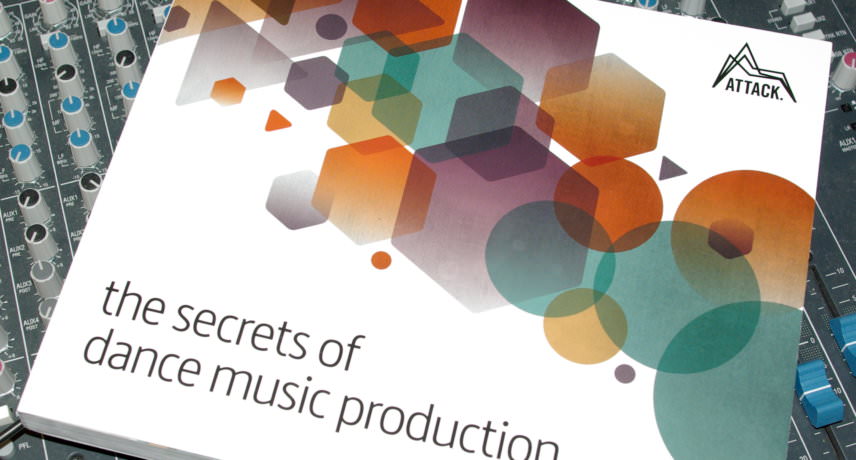
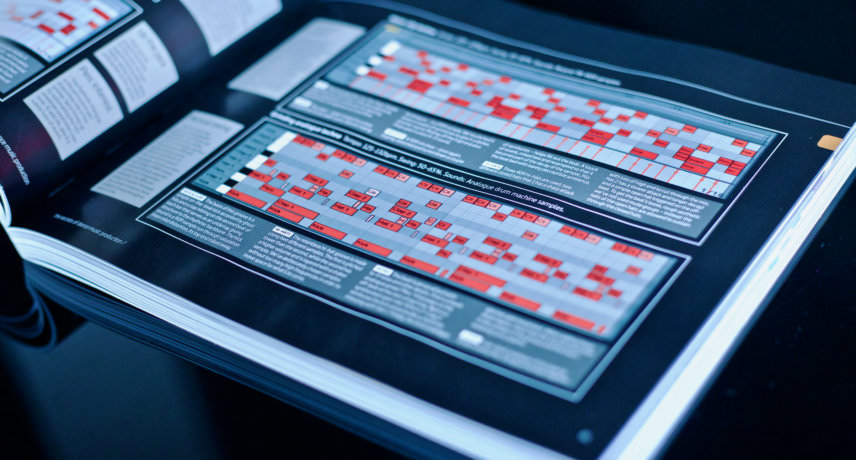


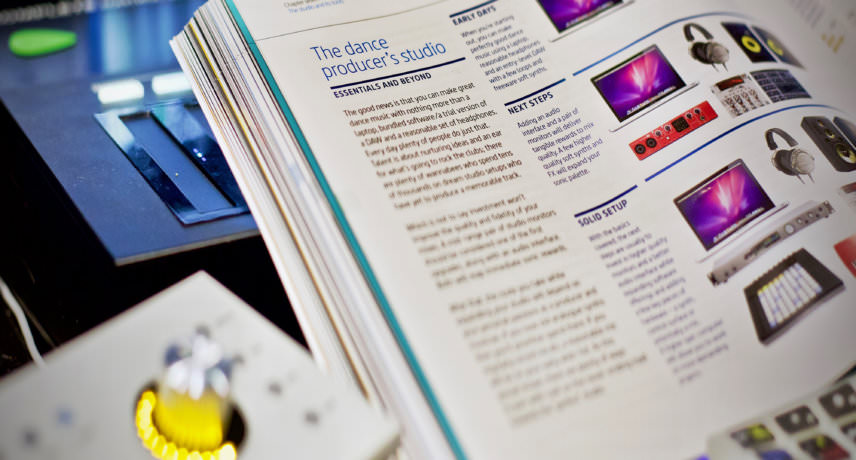


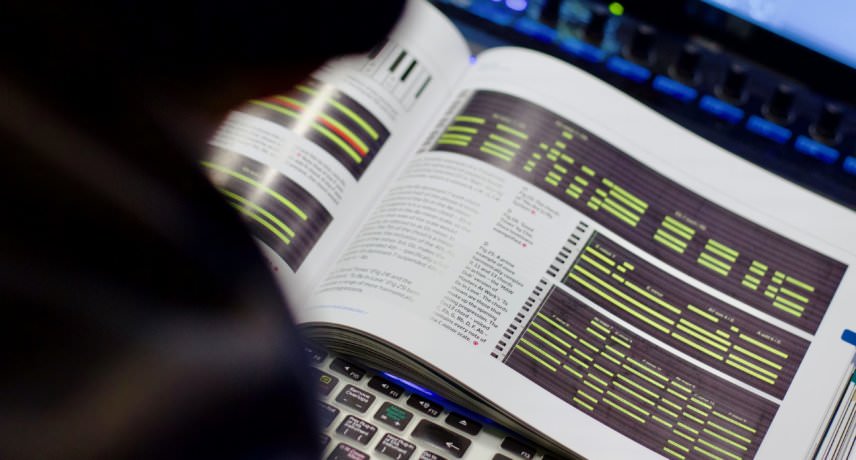


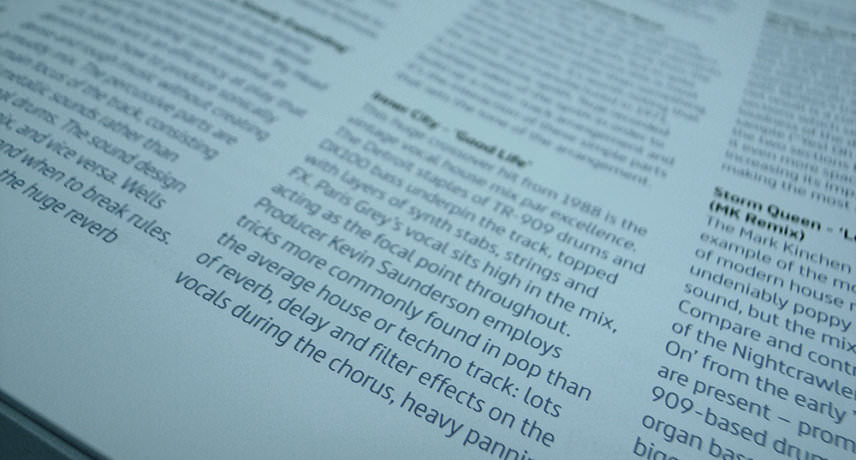


The definitive guide to making cutting-edge electronic music.
Featuring 312 colour pages packed with technique, tips, illustrations and hands-on walkthroughs, The Secrets of Dance Music Production pulls together all you need to take a mix from concept to club-ready master, featuring a wealth of exclusive content from Attack’s award-winning team of writers, including:
Studio fundamentals: Synthesis and sampling; studio setup and monitor placement; EQ, ambience and compression all covered in detailed 101-style guides.
The golden rules of mixing: Learn how the pros get loud, defined and dynamic mixes stacked with interest and energy.
Essential techniques: Layering, frequency bracketing, lo-fi processing, bass splitting, vocal production, mastering… It’s all inside.
Up your writing chops: Compose inspired bass and toplines with kick-starter approaches to voicing, arpeggios, syncopation, killer chord progressions and more. Arrange loops into tracks with analysis of tried-andtested dancefloor structures.
Bigger beats: 50+ pages of rhythm making insight. Masterclasses in drum sound design, transient shaping, swing crafting and ghost placement plus 30+ beats broken down.
Learn from the masters… Pro tips from the world’s finest producers. Huxley, Redlight, Breach, Tricky, Justice, Sigur Rós, Todd Edwards, Kenny Gonzalez and more share their secrets.
Get that sound: From vintage arps to supersize FX; ripping Reese basslines to stacked EDM leads; ethereal soundscapes to deep house keys – dozens of sounds built from the ground up in media-rich walkthroughs.
Paperback, 312 pages. The Secrets of Dance Music Production comes with over 500 audio and project files.
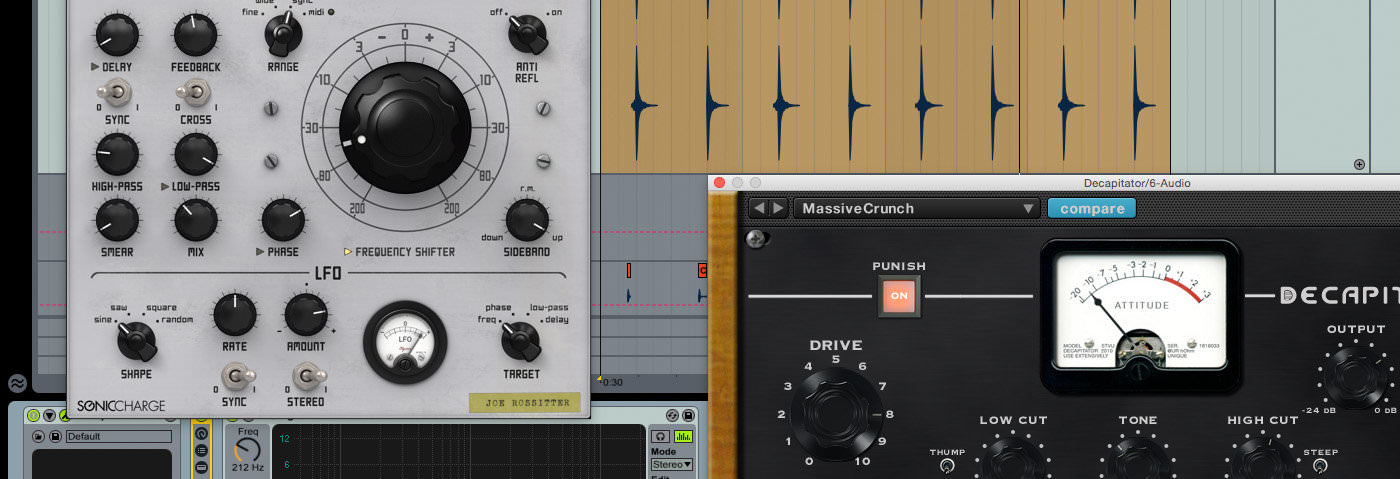
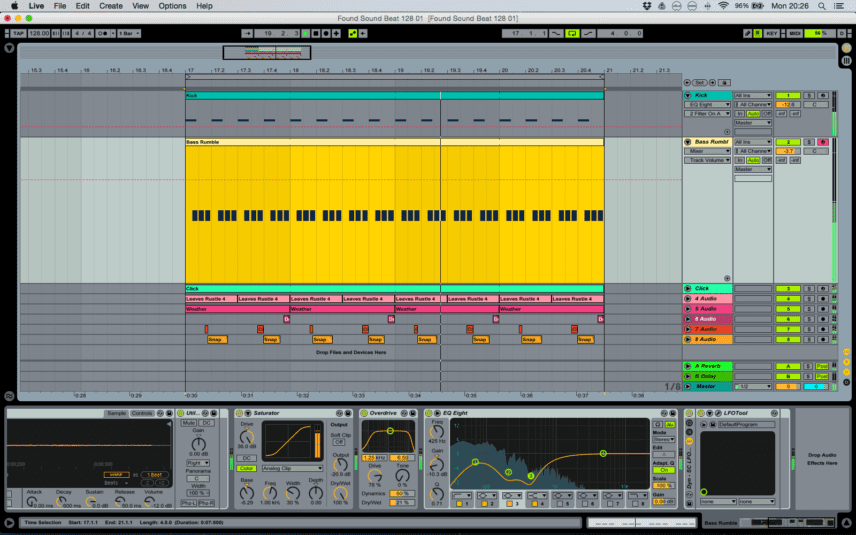
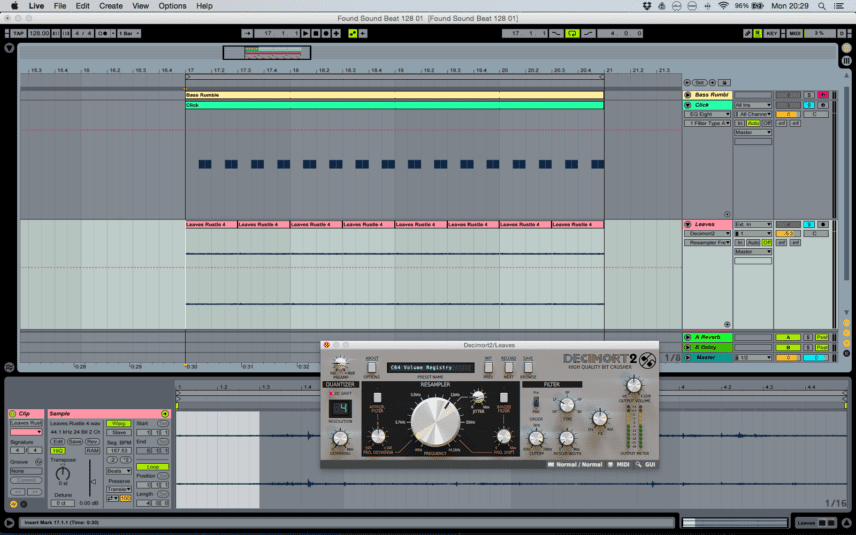
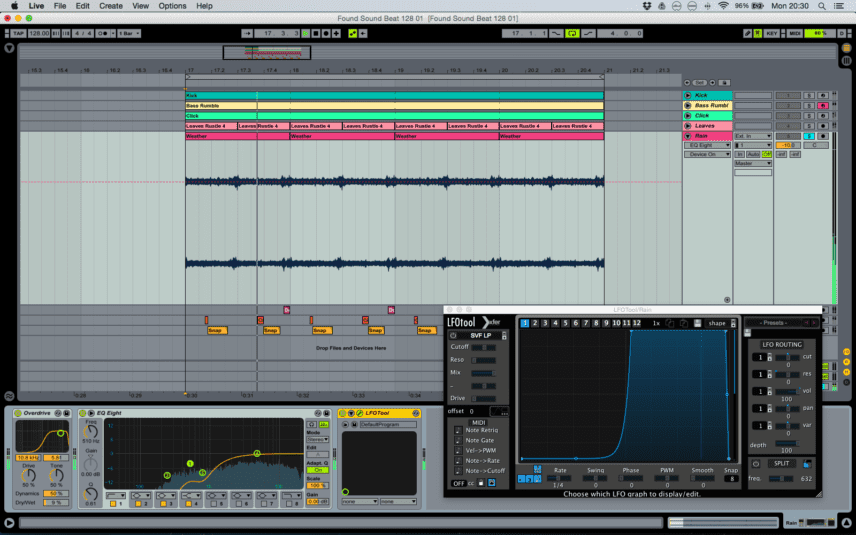
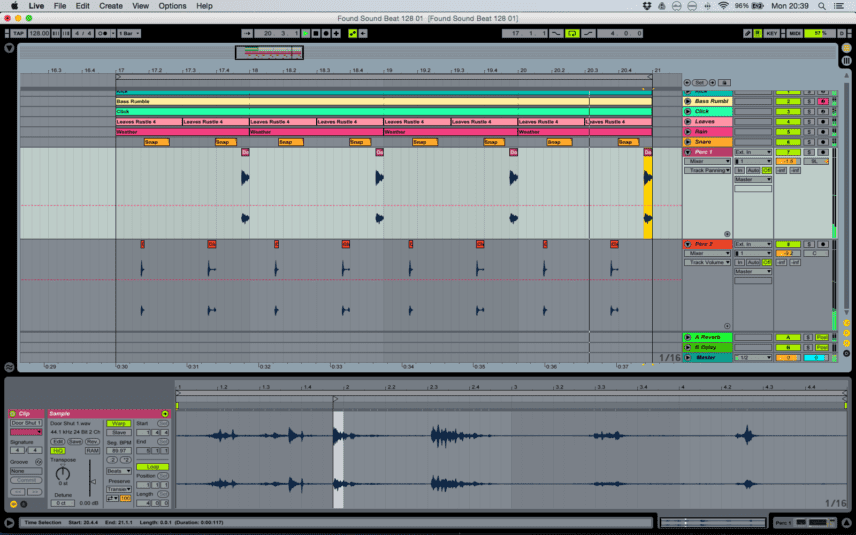
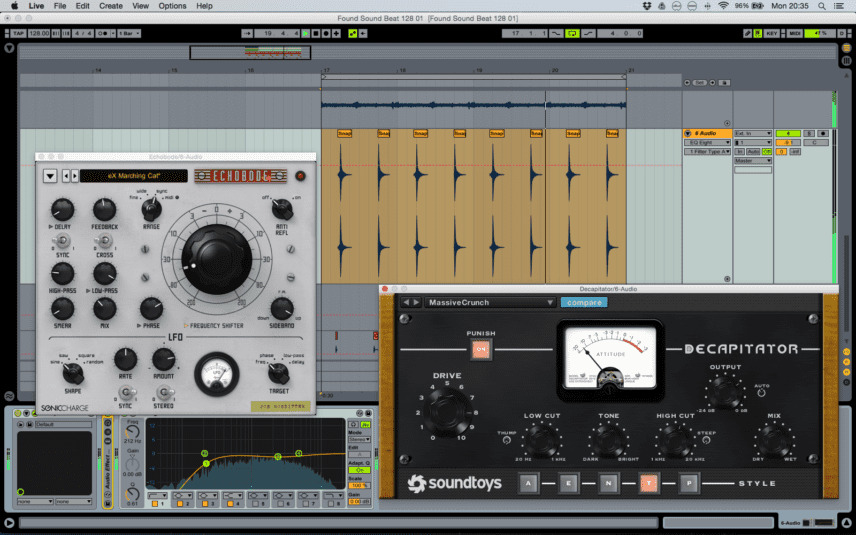
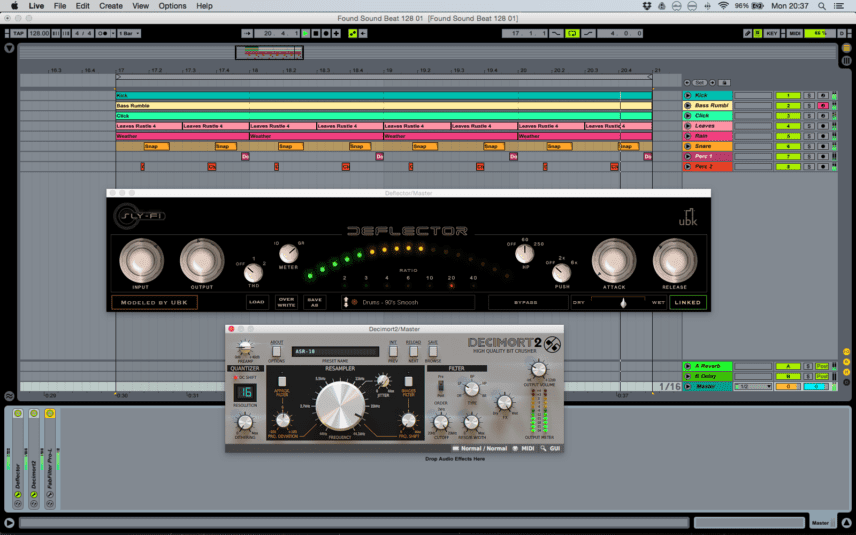
07.08 PM
Hey there -whats the score with the bass rumble? ELI5 please!! Ordered the book by the way – can’t wait!